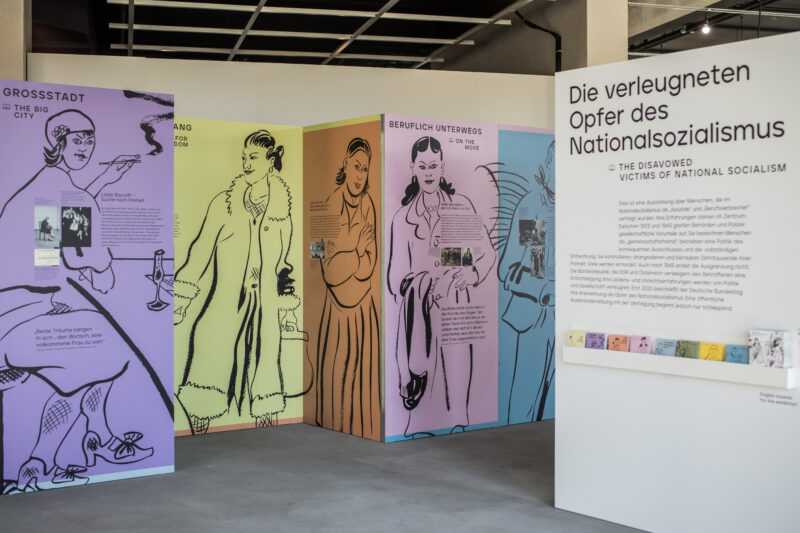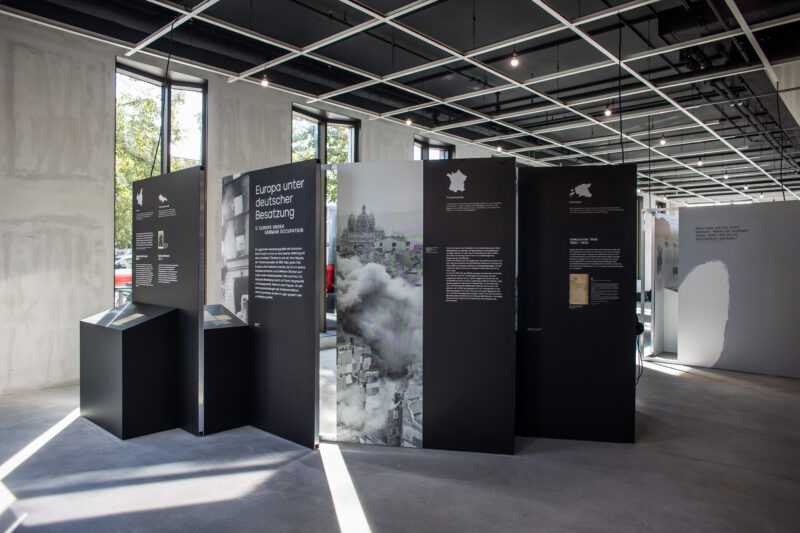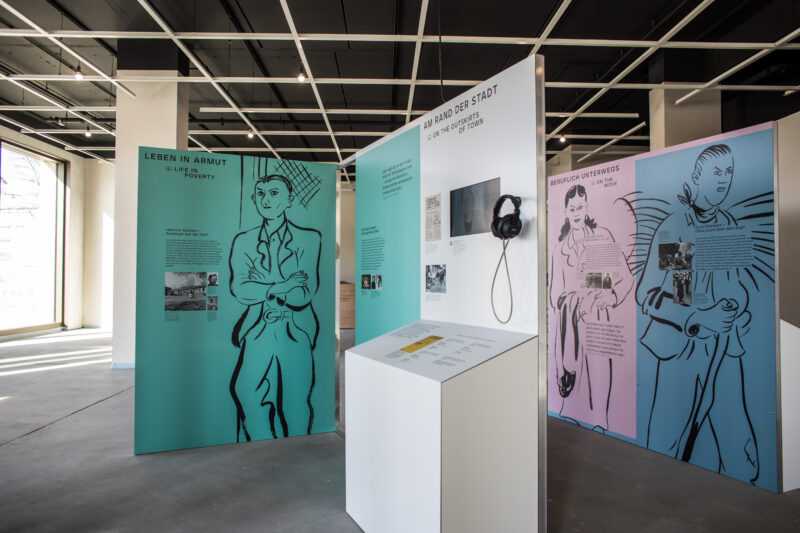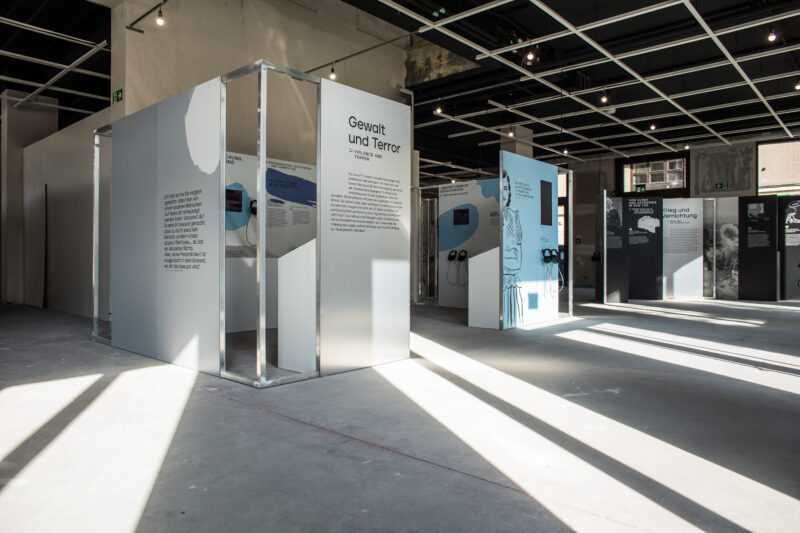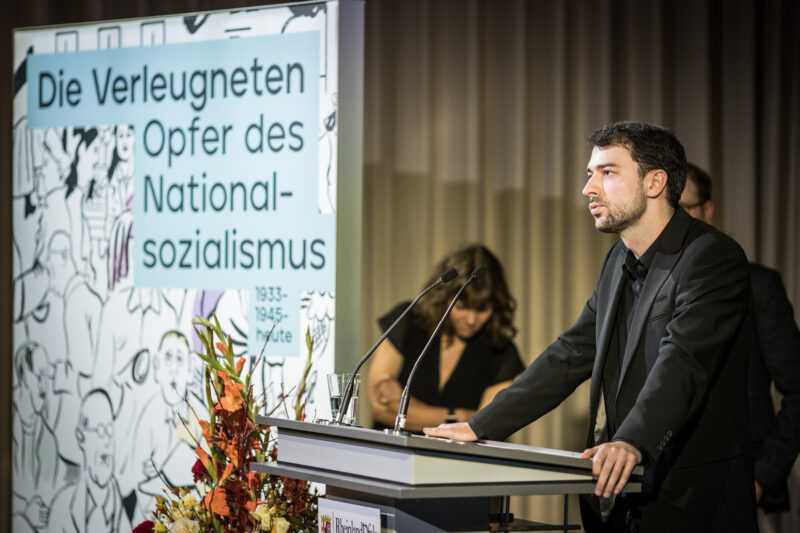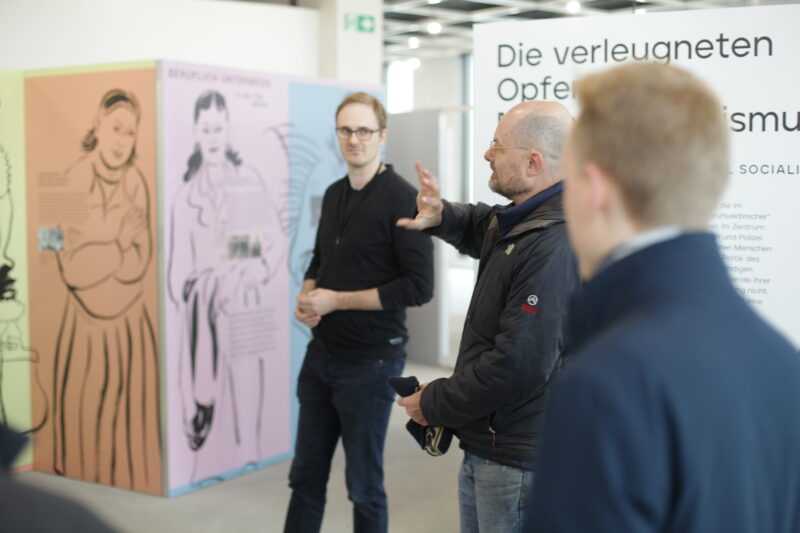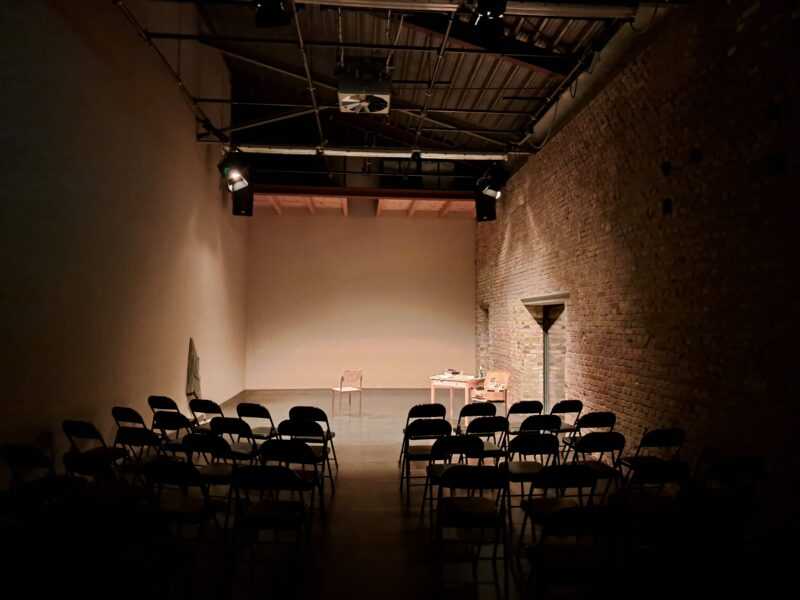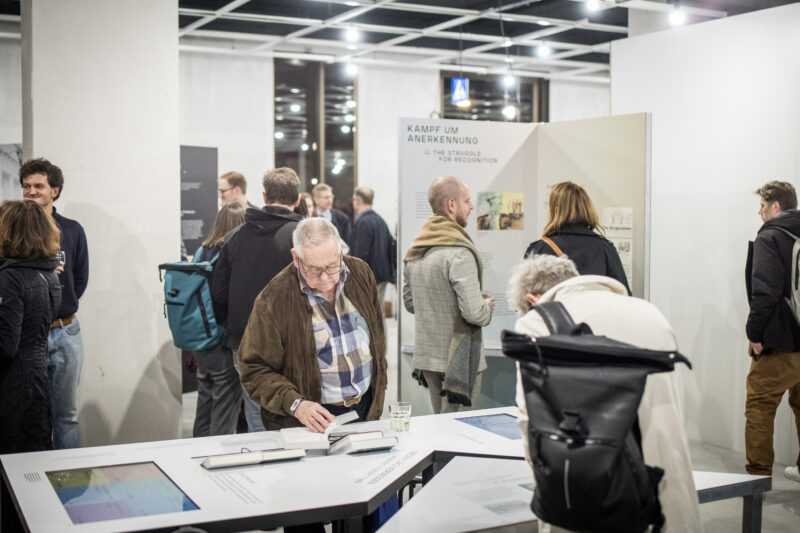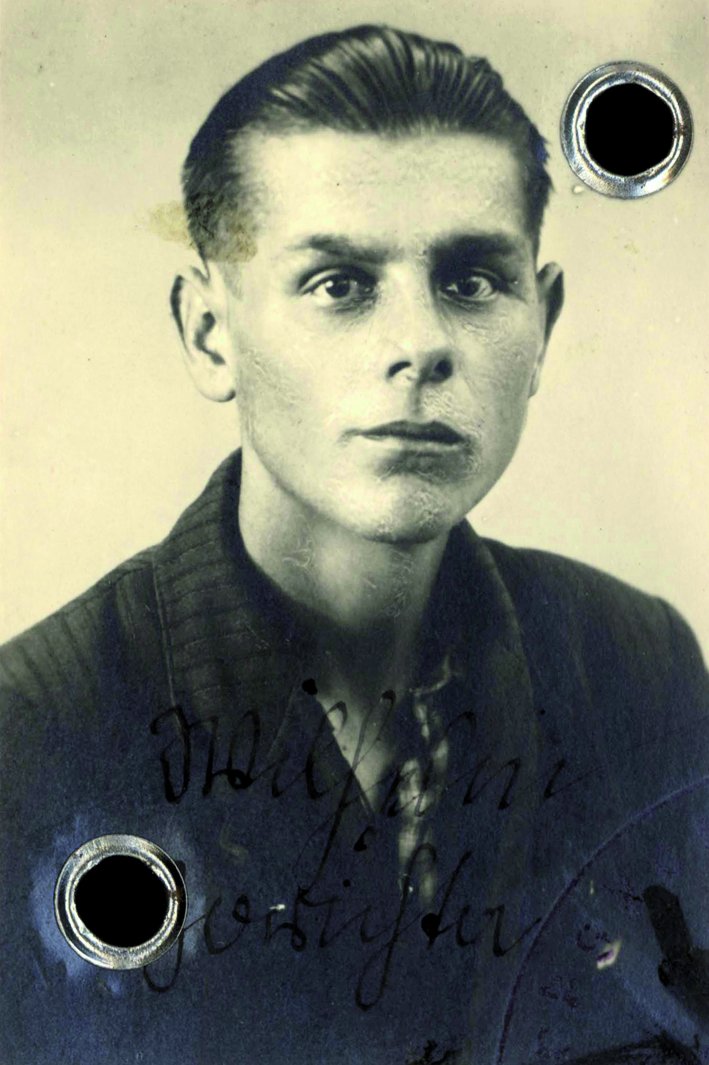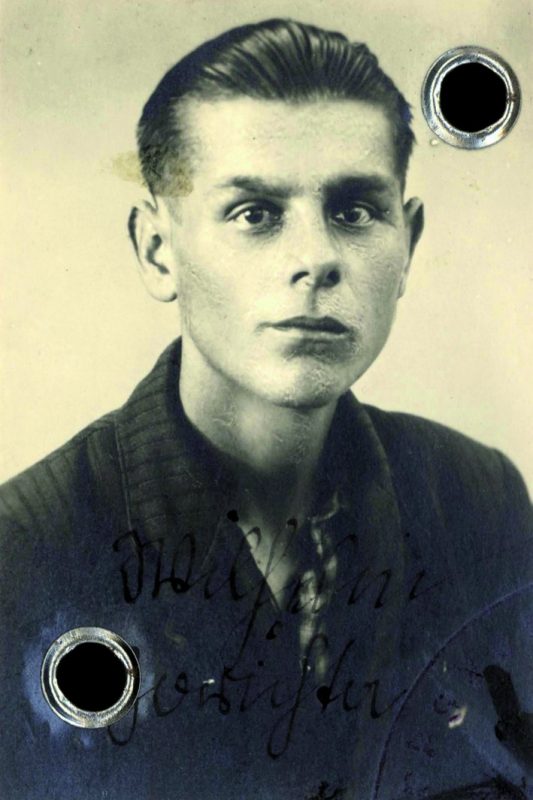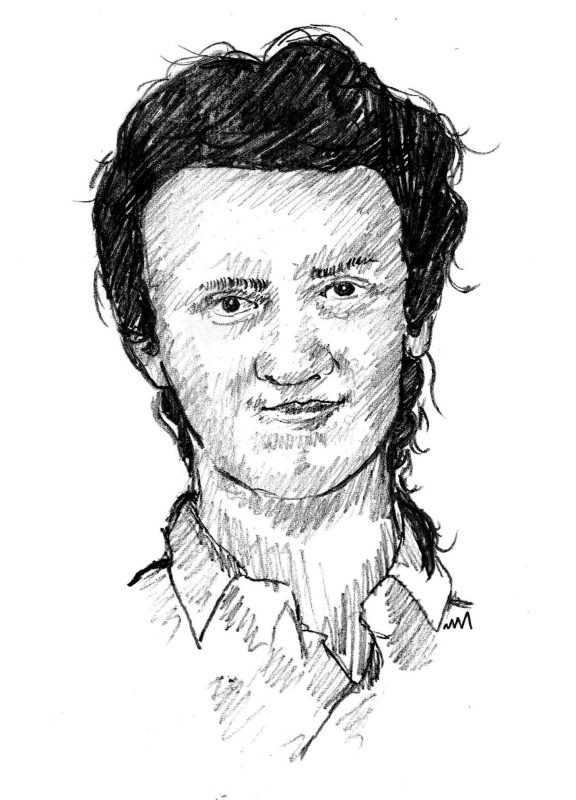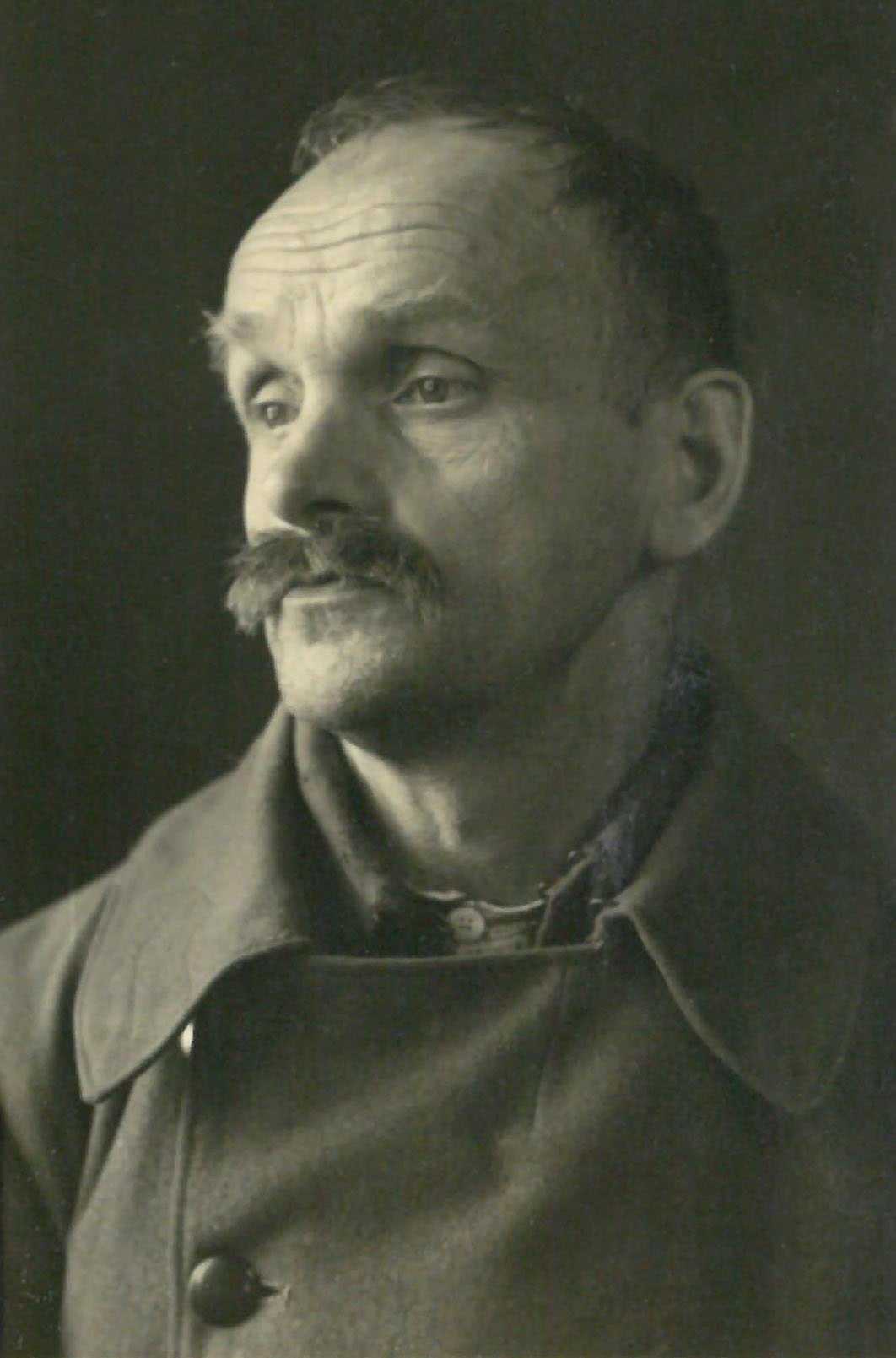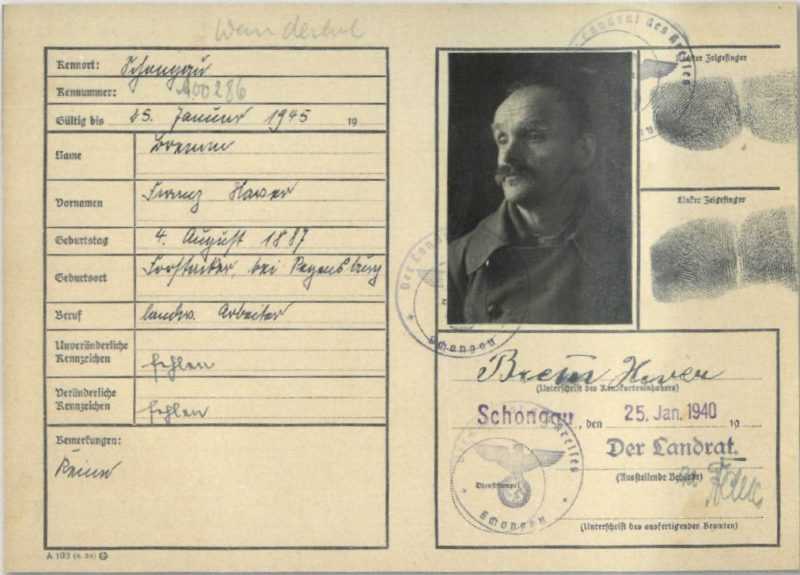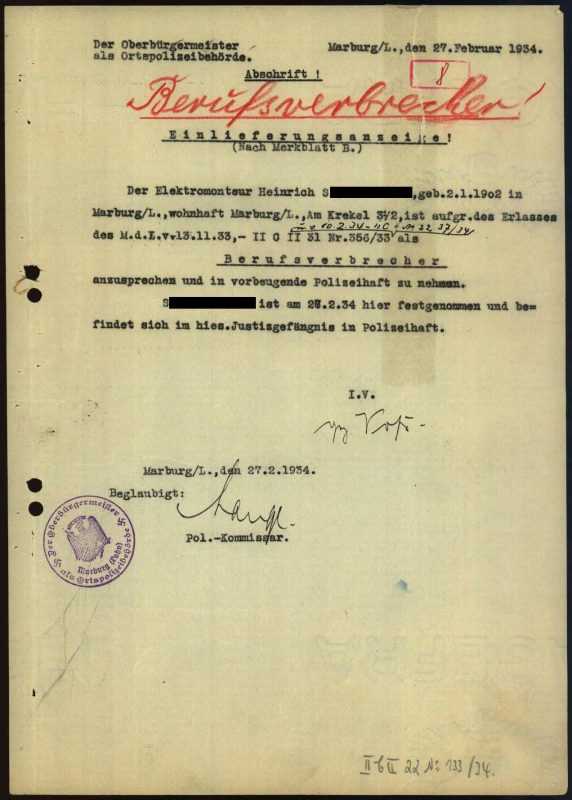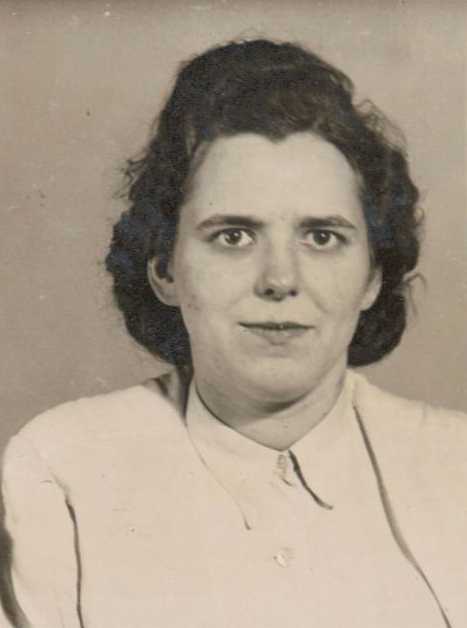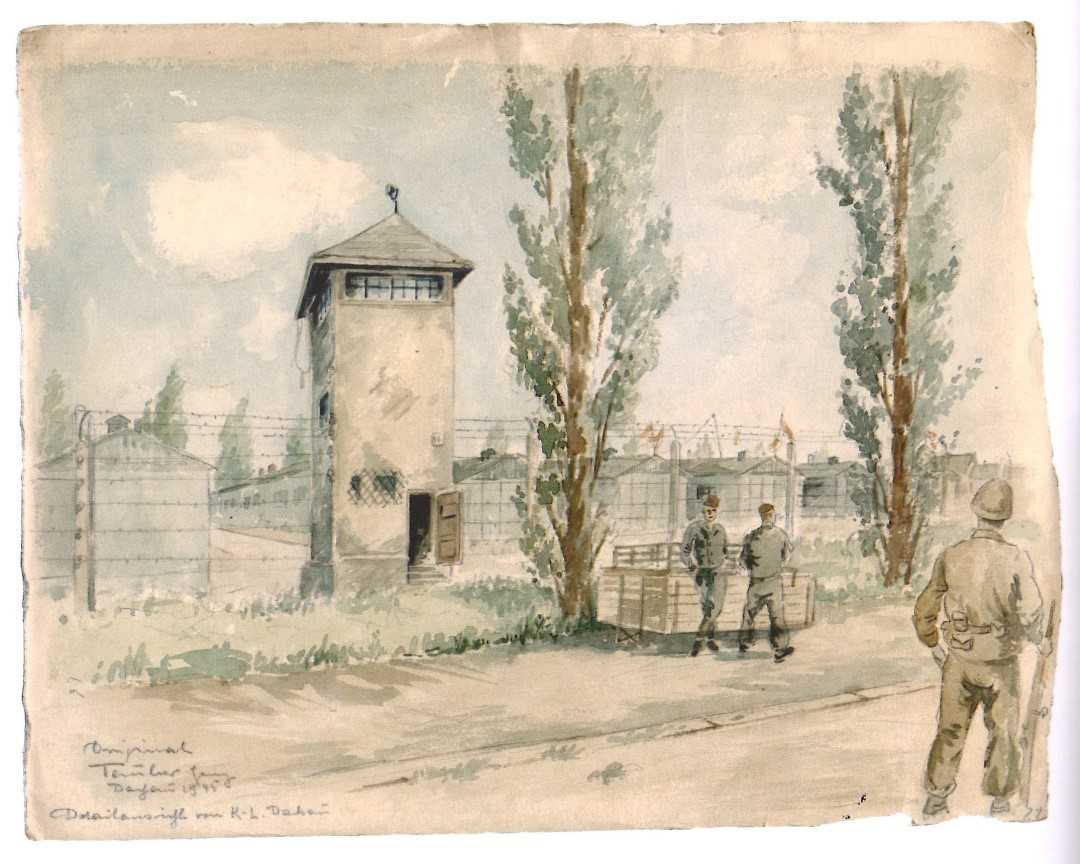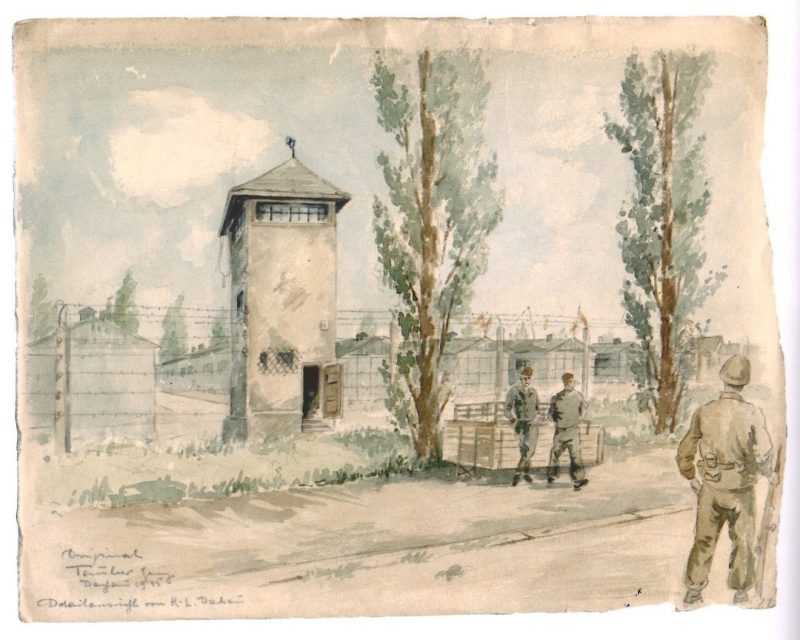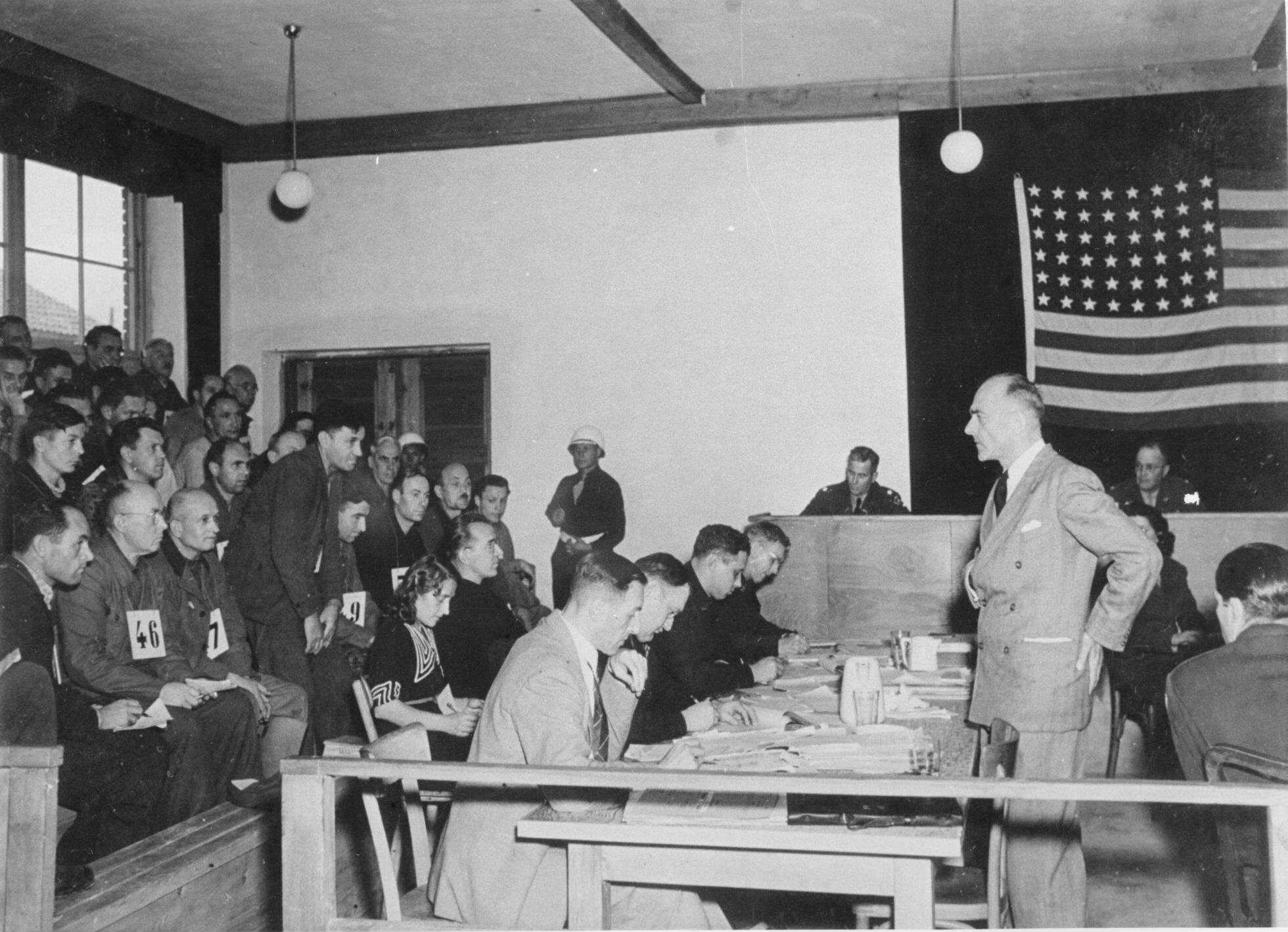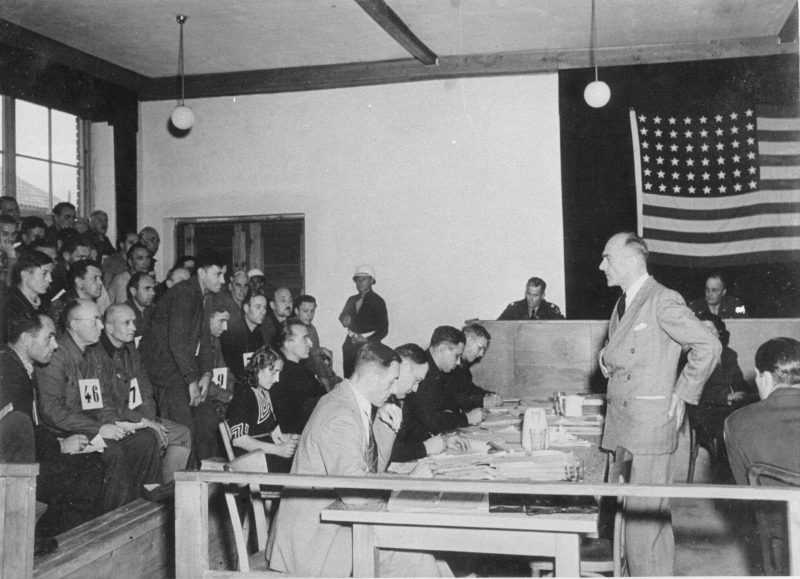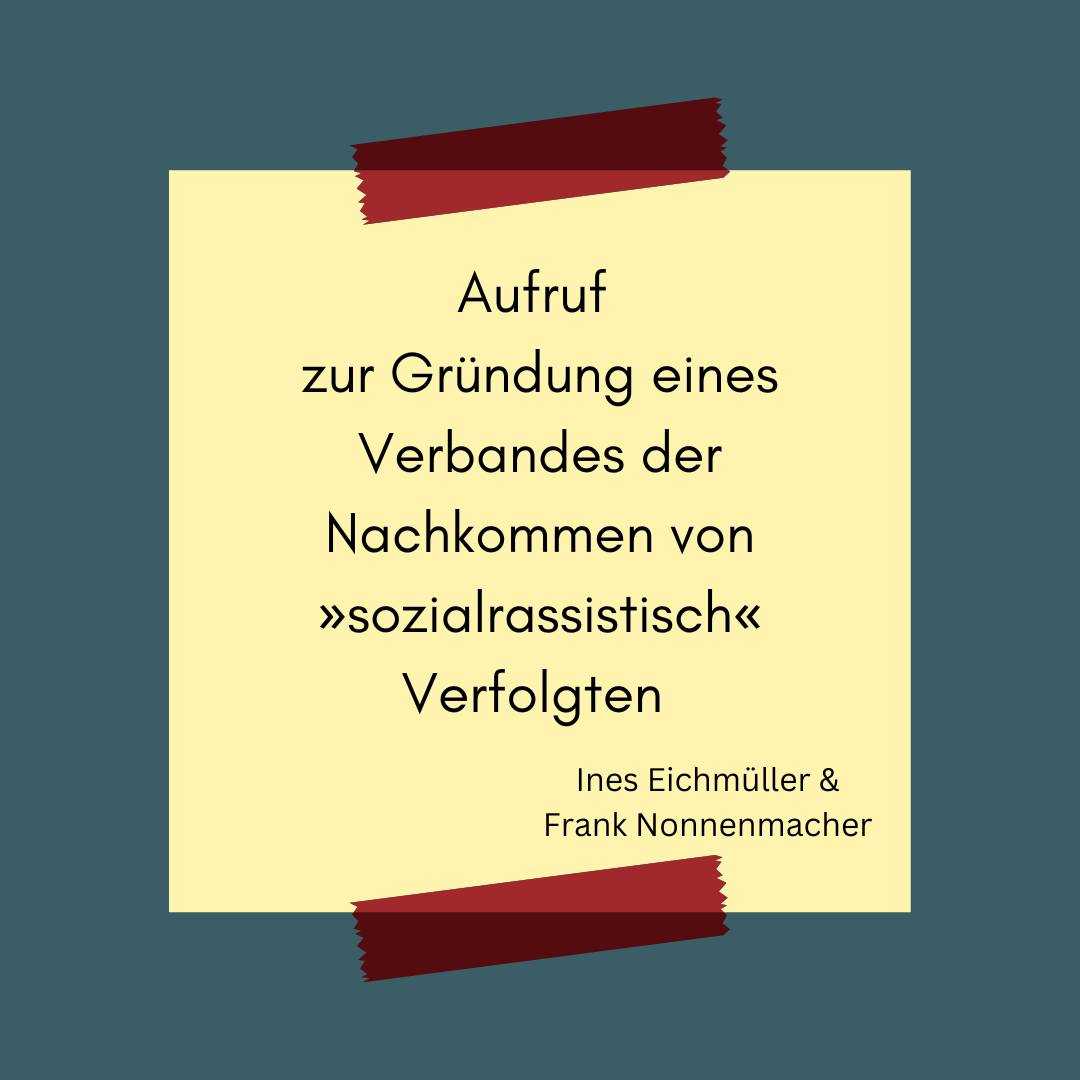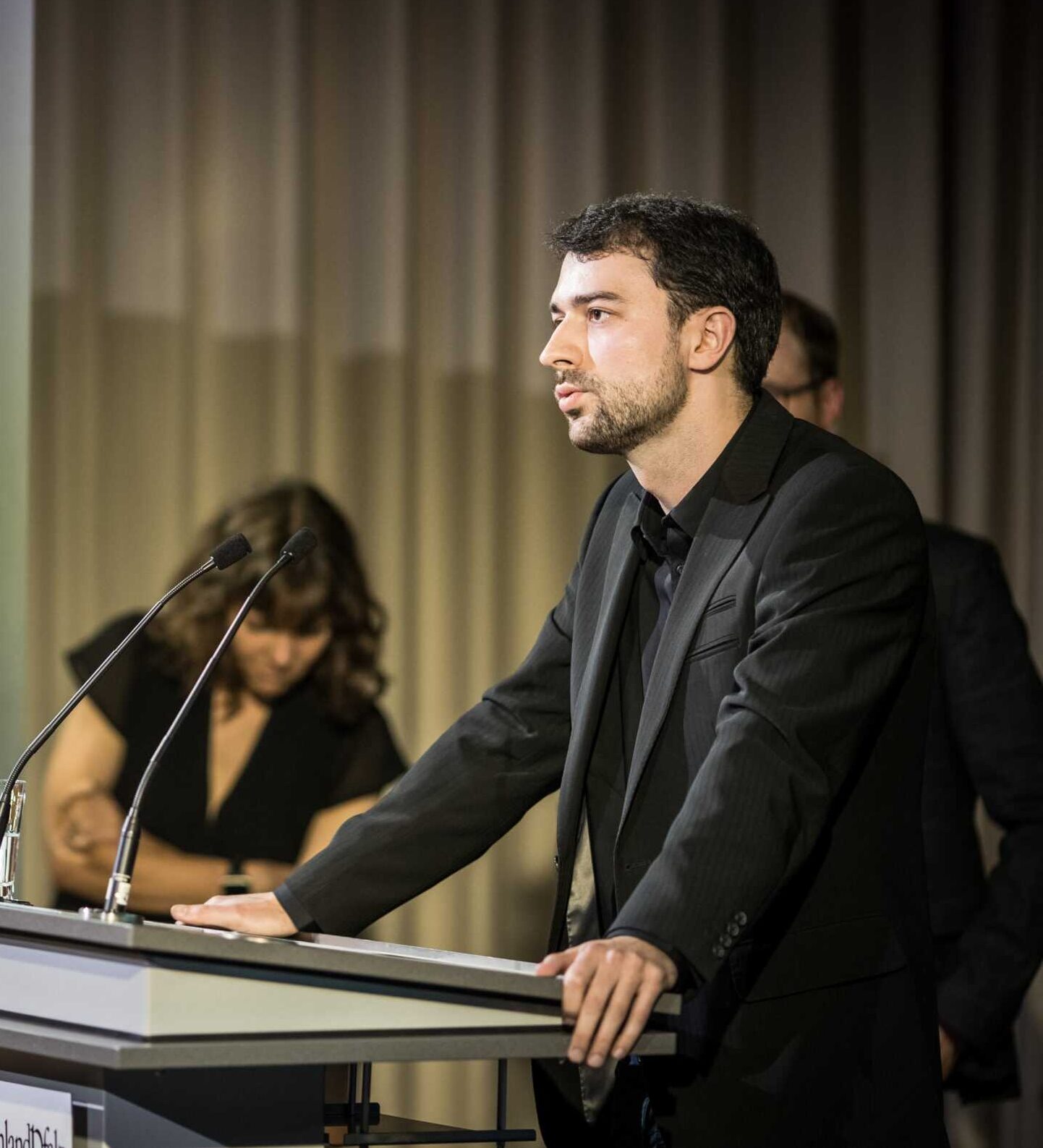»No one
was rightly
interned in a concentration
camp.«
The Disavowed
Nearly 80 years since the end of World War Two, there are still gaps in commemorative culture in Germany and Austria. The suffering of tens of thousands of women, men and teenagers deemed »community aliens« or »career criminals« is only gradually coming to light. These people were imprisoned in concentration camps or confined in institutions or psychiatric hospitals, and many of them were forcibly sterilised. It was not until 2020 that the German Parliament recognised the people concerned as victims of National Socialism.
Why were these people persecuted as »asocials« and »career criminals« at all? Who were they? Who participated in their persecution? Why did state and society refuse for so long to recognise them as victims? These and other questions are addressed in the travelling exhibition produced by the Foundation Memorial to the Murdered Jews of Europe and the Flossenbürg Concentration Camp Memorial. The exhibition was opened in Berlin in October 2024.
This website presents work in progress and accompanies the exhibition.
News
The SS (»Schutzstaffel«) under the leadership of Heinrich Himmler was envisioned as an elite paramilitary organisation of the National Socialist state. With Himmler’s takeover and reorganisation of the police, the SS became the regime’s central instrument of terror. In 1934, it was given control over all concentration camps. The Reich Security Main Office (RSHA), formed in 1939 as the planning centre for crimes in German-occupied Europe, was subordinated to it.
»Schlurfs« were young members of the working class in Vienna, who during the National Socialist regime attracted attention with their unique sense of style and love of jazz music. »Schlurf« is an Austrian term for idleness. Like »Schlurf« is an Austrian term for idleness. Like the »swings« in Hamburg, the »zazous« in Paris or the »Potápki« in Prague, the »Schlurfs« lived in their own youth sub-culture which was diametrically opposed to the military drill of the Nazi youth organisations. They were persecuted by the Nazis.
The Criminal Police (Kriminalpolizei, »Kripo«) is a regular police division in charge of investigating crimes. In the National Socialist state its tasks additionally included the surveillance and persecution of »community aliens« (»Gemeinschaftsfremde«). People deemed »career criminals« or »asocials« by the Criminal Police were placed under systematic surveillance and were detained indefinitely.
It was up to police officers to decide what was to be considered »asocial behaviour«: the slightest deviation from the norm could lead to imprisonment.
| In the concentration camps, the SS designated certain prisoners as so-called prisoner foremen (»Häftlingsvorarbeiter«). In exchange for better treatment, they were tasked with supervising fellow inmates and enforcing SS orders. This intentional blurring of the lines between victims and perpetrators fostered mistrust and division among the prisoners. Many memoirs by survivors describe these so-called Kapos or functionary prisoners as violent and cruel. |
Authorities were already using the term »workshy« prior to 1933. For the Nazis it was a derogatory term for the unemployed, whom they accused of not wanting to find work. These people received no assistance from the state; instead, the welfare authorities made them perform heavy manual labour and the police imprisoned many of them in concentration camps. In 1938 alone the police arrested more than 10,000 »workshy« people. The Nazis considered a »workshy« disposition to be hereditary and a danger to the »national community« (»Volksgemeinschaft«).

